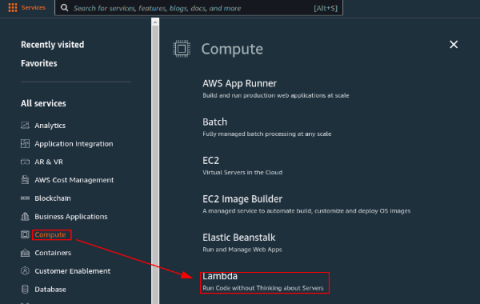New Frankfurt location: deploy high-performance apps in Europe
Today, we are super excited to announce the grand opening of our Frankfurt core location in Germany! 🇩🇪🇪🇺 All users can now deploy their applications in the heart of Europe with one click, or API call, and enjoy all of the platform's features with the same pricing. Give it a try, sign up and deploy your full-stack apps now! As usual, we will seamlessly deploy your services across a fleet of high-performance MicroVMs running on top of BareMetal servers.











